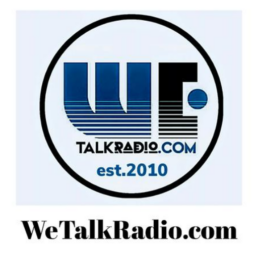Celebrating LGBTQ Community
It comes across as a moving question – did you choose your sexuality? If not, then why to object on others. The gay rights movement has seen genuine progress and change in the last century across the world, especially in the United States. Pride Month celebrates commemorates the struggles, the sacrifices created awareness of the deep-seated prejudices, problems, and inspired people to bring out the significant change.
The Stonewall uprising
Throughout history, periods of upheaval moments have often given birth to genuine progress and change, but the Stonewall incident or Stonewall Uprising proved to be the catalyst for achieving the “pride” in the movement.
A series of violent confrontations started on June 28, 1969, between police and gay rights activists outside the Stonewall Inn, a gay bar in the Greenwich Village in New York City. As the riots continued, an international gay rights movement was born.
Before 1969, homosexuality or solicitation of homosexual relations was an illegal act in New York. Gay men, lesbians, and other individuals who were considered “suspects” were not allowed to mingle freely, so the bars were the only haven for them.
On June 28, people in and outside the bar did not retreat or disperse as they always did in the past. On this evening, however, the bar patrons fought back. It started when Marsha P. Johnson cried “I got my civil rights!” and threw a shot glass into a mirror (now known as “the Shot Glass that was Heard Around the World”).
People started throwing bottles and debris and pushing the policemen. This was spontaneous united action by 400 people who fearlessly breached police barricades and set the bar on fire.
The crowd was scattered eventually. The riots outside the Stonewall Inn waxed and waned for the next five days. There have been many other protests by gay groups but the Stonewall Incident was the first time when the LGBTQ community witnessed the power of unity for a common cause.
Stonewall: the symbol of resistance
What happened at Stonewall bar was the first, but this incident became the symbol of solidarity among the LGBTQ community and sparked a new fire of activism for the new generation.
Older groups such as the Mattachine Society, which was founded in southern California as a discussion group for gay men and had flourished in the 1950s, soon made way for more radical groups such as the Gay Liberation Front (GLF) and the Gay Activists Alliance (GAA).
In addition to launching numerous public demonstrations to protest the lack of civil rights for gay individuals, these organizations often resorted to such tactics as public confrontations with political officials and the disruption of public meetings to challenge and to change the mores of the times. Acceptance and respect from the establishment were no longer being humbly requested but angrily and righteously demanded. The broad-based radical activism of many gay men and lesbians in the 1970s eventually set into motion a new, nondiscriminatory trend in government policies and helped educate society regarding this significant minority.
How Pride month started
A bisexual activist Brenda Howard, who was known as “the Mother of Pride” organized Gay Pride Week and the Christopher Street Liberation Day Parade a year after the Stonewall Riots. This turned into the New York City Pride March and became the catalytic event for similar parades and protests worldwide.
A talented designer Gilbert Baker designed an all-encompassing flag on the request of a gay politician Harvey Milk to be presented in the Pride March in 1978 in San Francisco.
President Bill Clinton was the first to officially recognize Pride Month in 1999 and 2000. Then, from 2009 to 2016, President Barack Obama declared June LGBT Pride Month. In May 2019, President Donald Trump recognized Pride Month with a tweet announcing that his administrati on had launched a global campaign to decriminalize homosexuality.
on had launched a global campaign to decriminalize homosexuality.
